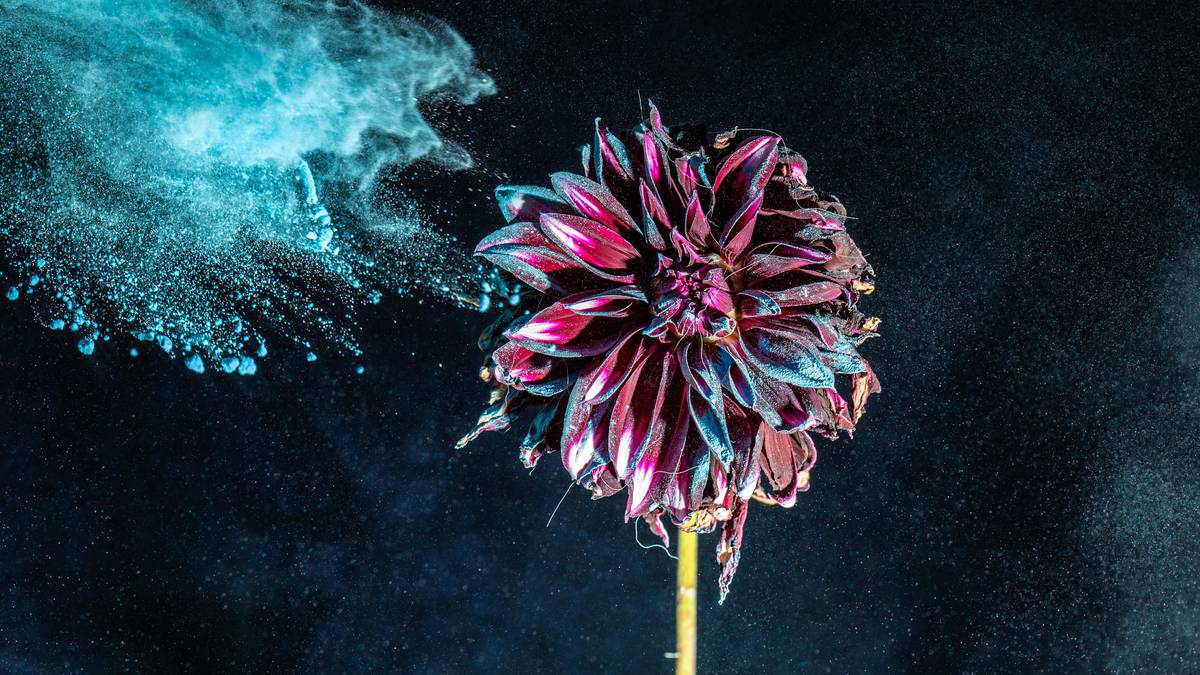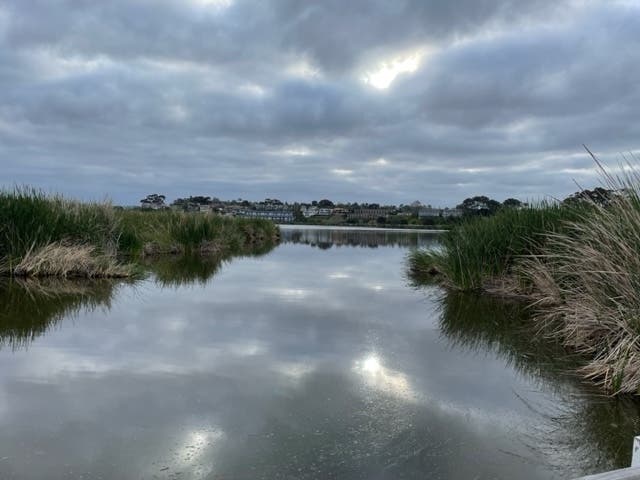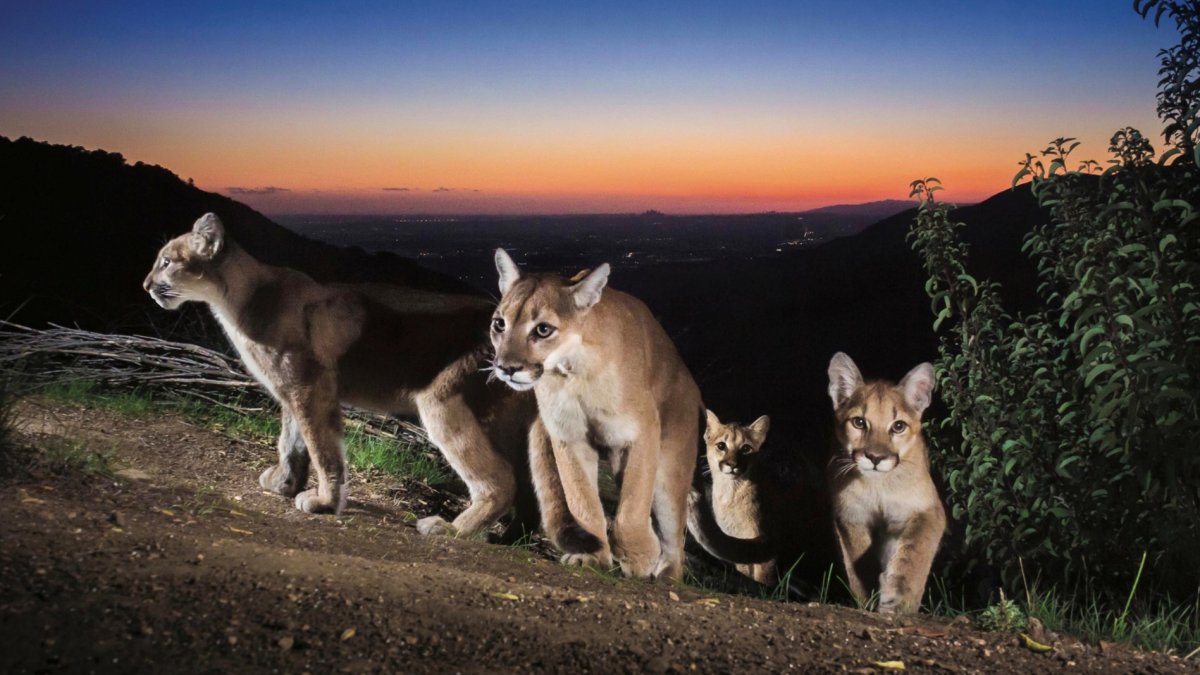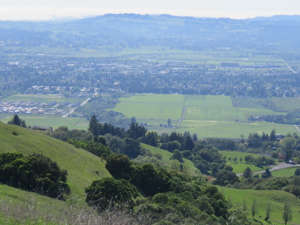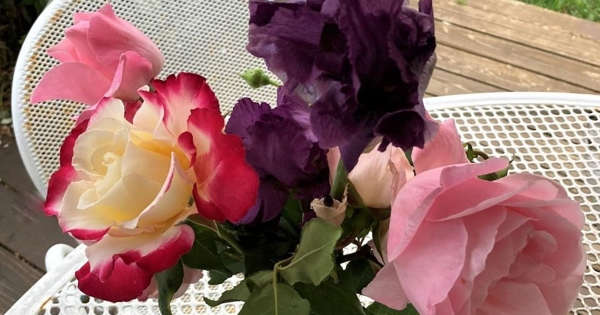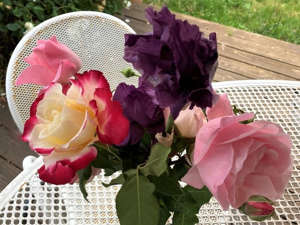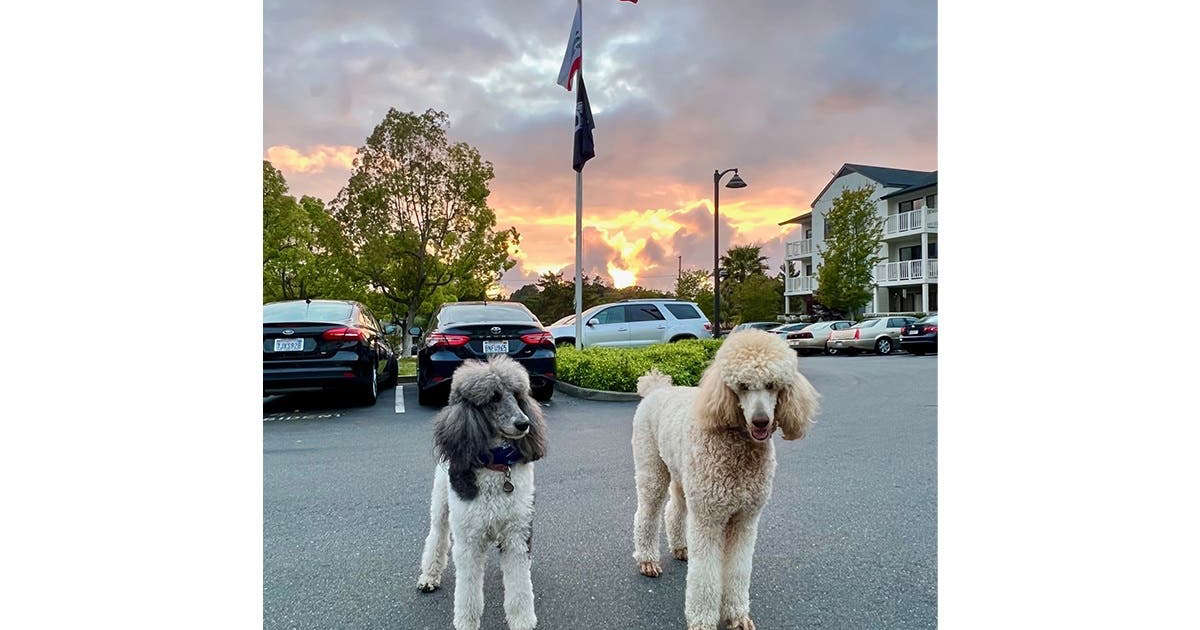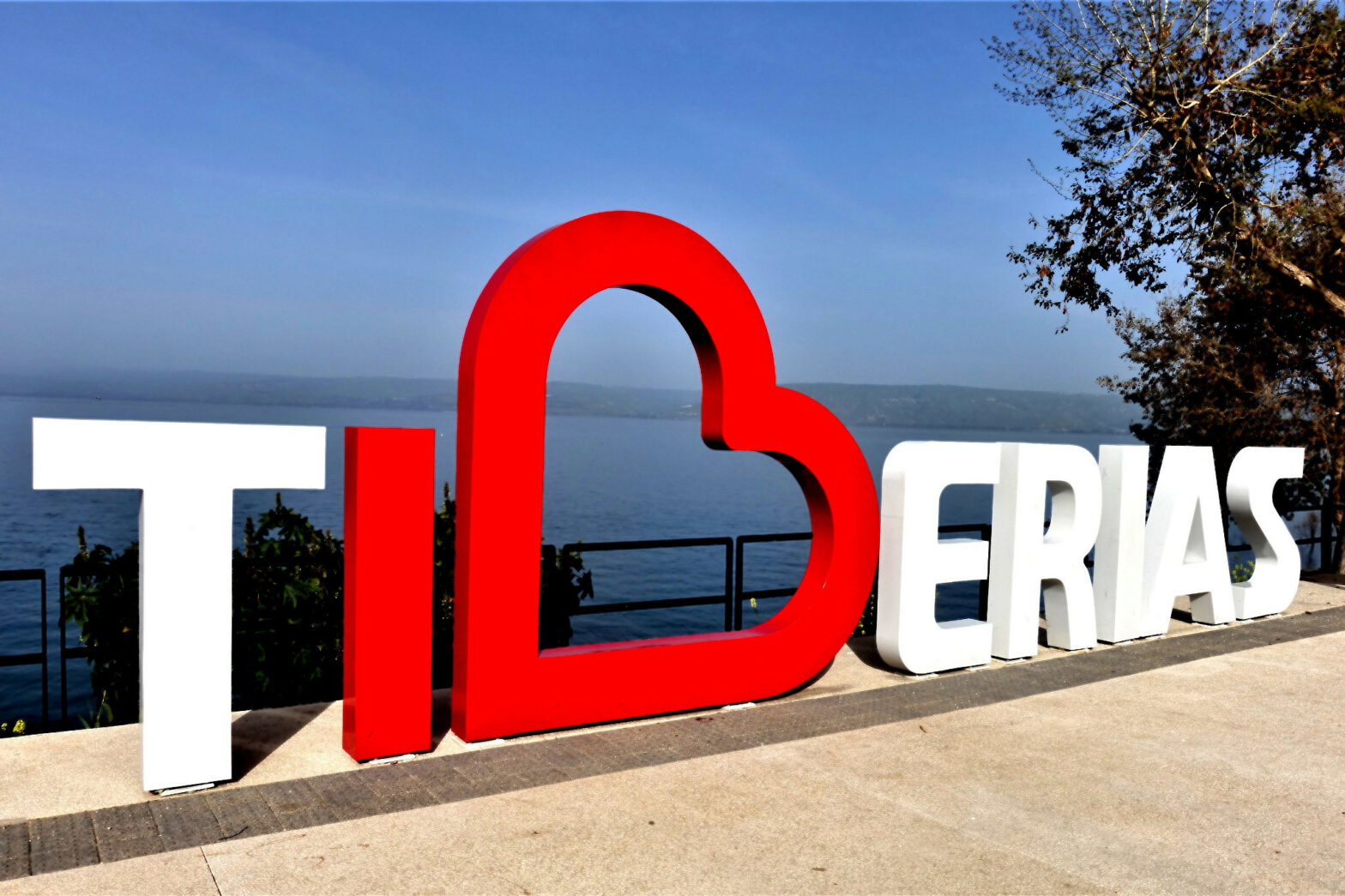We feel truly blessed to live in Tiberias. From our balcony, we look out over the lake, the Kinneret (also known as the Sea of Galilee), and on a clear day we see Mount Hermon, snow-capped in the winter. From our kitchen window we look up to the residential areas of Upper Tiberias and to the Switzerland Forest beyond. Tiberias is a town full of history. It was established more than 2,000 years ago, and was the final home of the Sanhedrin, the Jewish Supreme Court in the days of the Talmud. It is the ultimate resting place of Rabbi Akiva and Maimonides (RAMBAM), as well as a host of other sages. In Tiberias, the Mishna and the Jerusalem Talmud were written, and a thousand years ago the Masoretes of Tiberias devised the system of vowelizing Hebrew words.
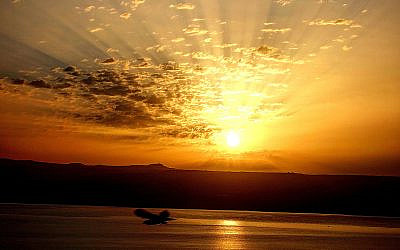
Tiberias – The Kinneret [JA]
Tiberias is a wonderful base from which to explore Northern Israel’s beauty spots and major tourist attractions. Within an hour or so, by car, we can reach Banias waterfall and Tel Dan, the Hula Valley nature reserves, Safed, Gamla, Ramat Hanadiv nature park and gardens at Zichron Yaakov and the archaeological site at Caesarea, to name but a few. And from our home it’s just a few minutes’ drive to the lake, the Arbel[1] and to the Switzerland Forest, all of which we can reach on foot too, as we discovered during Covid lockdowns.
Starting above where Tiberias ends and continuing southwards for much of the length of the Kinneret, the Switzerland Forest is one of our favourite haunts. From its name one might infer that the scenery resembles Swiss mountain forests with their magnificent views. But that isn’t why this forest gets its name. Rather, its name marks the contribution made by the Swiss Jewish Community, to fund its landscaping.

Tiberias – Switzerland Forest [JA]
During rainy seasons there were, in times gone by, many instances of mud slides down the mountains here, the worst of which was in 1934 sadly causing the death of twenty-five people in Tiberias itself. Planting the mountain slopes with trees and bushes to prevent erosion, has ensured that no such disasters have happened since.
On early morning walks we have seen hyraxes and jackals. Woodpeckers, jays, sunbirds, parakeets and cattle egrets are just a few of the multitude of birds that we see, as well as lizards, chameleons[2] and the occasional snake.
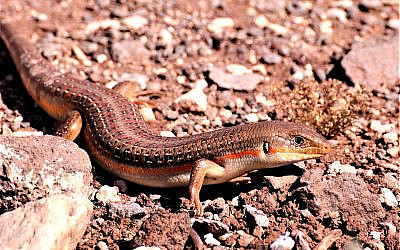
Tiberias – Switzerland Forest – Golden Skink [JA]
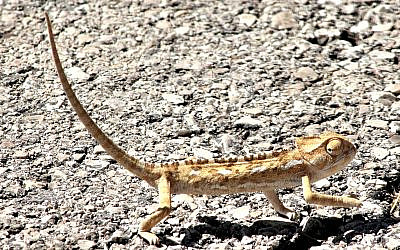
Tiberias – Switzerland Forest – Chameleon [JA]
Some months ago, in the Switzerland Forest towards evening we encountered a ‘little’ (1.3 meters long) snake. I’m not sure why we weren’t afraid to approach, but for some reason it didn’t seem dangerous. I was just about two meters away when I photographed it. Thinking about it afterwards, I decided that I was really very foolish – it could have been deadly poisonous. We had seen black whip snakes in the forest – they are two meters long or more. They’re not poisonous but could nevertheless give a nasty bite. But what sort of snake was this before us? It turned out not to be a snake at all, but a legless lizard. It looks like a snake, to ward off predators. How sneaky to look so snaky![3]
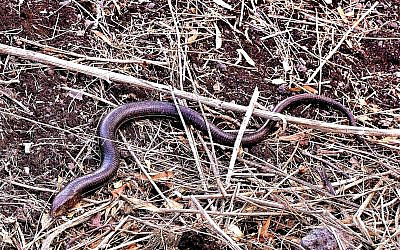
Tiberias – Switzerland Forest – Legless Lizard [JA]
The lake is like a magnet for those who enjoy water sports, boating and swimming, but for someone like me, who doesn’t like getting wet (apart from in the shower), it’s the nature around the lake that is the draw. I particularly enjoy watching the egrets, the herons and the kingfishers that can frequently be seen in abundance. When I lived in England, to see a blue flash as a kingfisher flew by was a once in a blue moon occasion. Here in Israel, we see three different kinds of kingfishers – the common kingfisher (as I would very occasionally see in England), its larger ‘cousin’ the white-throated kingfisher, and the pied kingfisher. The common kingfisher is as majestic as its name implies; it has a vivid blue back and head and pinky-orange breast and is clearly distinguishable from all other birds. It’s a small bird, barely bigger than a sparrow, and since each day it needs to eat about sixty percent of its body weight, it’s constantly on the lookout for a nice fish or crab for breakfast, lunch and supper. The white-throated kingfisher unsurprisingly has a white throat, and it has a brown front with blue back. It’s more than one and a half times the length of the common kingfisher, which makes photographing it a wee bit easier. The pied kingfisher, similar in size to the white-throated kingfisher, is clearly identified with its distinctive black and white plumage. It can often be seen hovering twenty feet or more above the water surface waiting to dive on its prey.
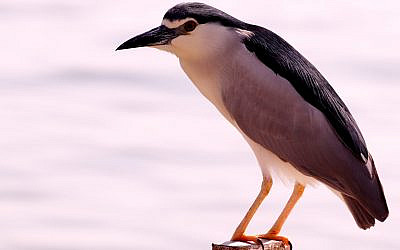
Tiberias – The Kinneret – Night Heron [JA]
I love to watch little egrets – beautiful and graceful white birds in the heron family. They wade in the shallow waters at the edge of the lake on the lookout for fish. And master fishers they are – they patiently wait in the lake stalking their prey and with one quick swoop of the head, a fish is plucked from the water soon to be consumed whole[4].
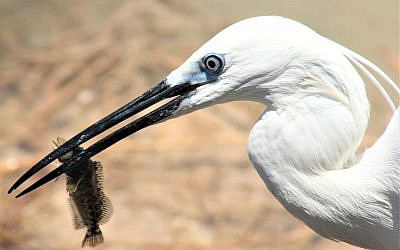
Tiberias – The Kinneret – Little Egret [JA]
With such beautiful nature on our doorstep, you can probably now understand why we find living here in Tiberias is such a wonderful blessing.
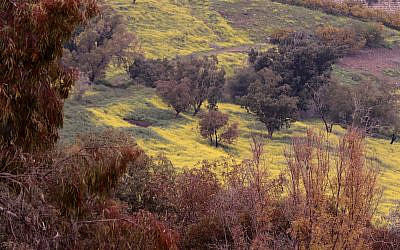
Tiberias – Switzerland Forest [JA]
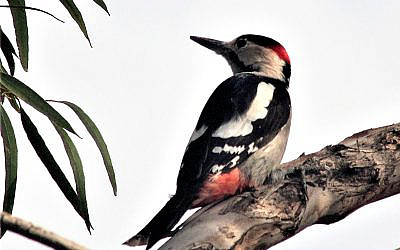
Tiberias – Switzerland Forest – Syrian Woodpecker [JA]
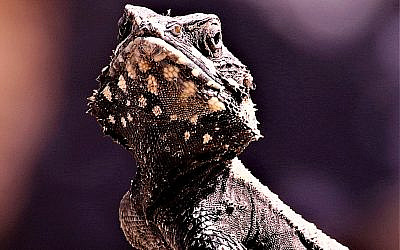
Tiberias – Switzerland Forest – Roughtail Rock Agama [JA]
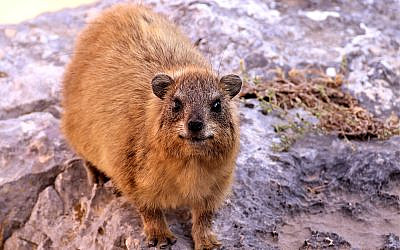
Tiberias – Switzerland Forest – Syrian Rock Hyrax [JA]
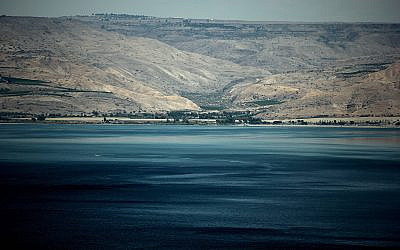
Tiberias – The Kinneret [JA]
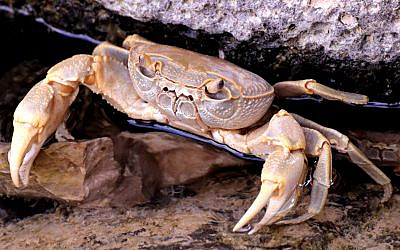
Tiberias – The Kinneret – Crab [JA]
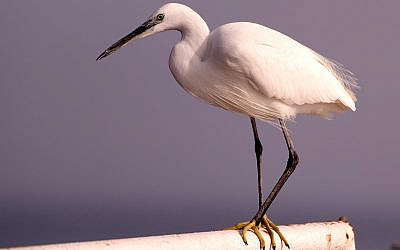
Tiberias – The Kinneret – Little Egret [JA]
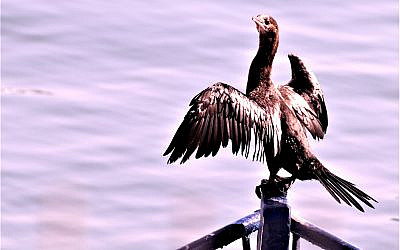
Tiberias – The Kinneret – Pygmy Cormorant drying its wings [JA]
—
[1] See photo essay – Nature of Arbel – https://blogs.timesofisrael.com/photo-essay-nature-of-arbel/
[2] See photo essay – Chameleons – The Art of Change – https://blogs.timesofisrael.com/photo-essay-chameleons-the-art-of-change/
[3] See poem – Snaky – https://blogs.timesofisrael.com/poem-snaky/
[4] See photo essay – Little Egrets – https://blogs.timesofisrael.com/nature-of-israel-photo-essay-little-egrets/
/cloudfront-ap-southeast-2.images.arcpublishing.com/nzme/ZRXQNC5NZZDJBJFHDFTWJLK7WA.jpg)
/cloudfront-ap-southeast-2.images.arcpublishing.com/nzme/2XPPVETU65HRRO26OSXO7HYI6M.jpg)
/cloudfront-ap-southeast-2.images.arcpublishing.com/nzme/62KTA3P5GZEUDCCIMFTB562EYM.jpg)
/cloudfront-ap-southeast-2.images.arcpublishing.com/nzme/7OEK5EZWG5BJZMN7VG27WNUIHY.jpg)
/cloudfront-ap-southeast-2.images.arcpublishing.com/nzme/XE24YSOLTFC6NOTBP5PW6XRBJY.jpeg)
